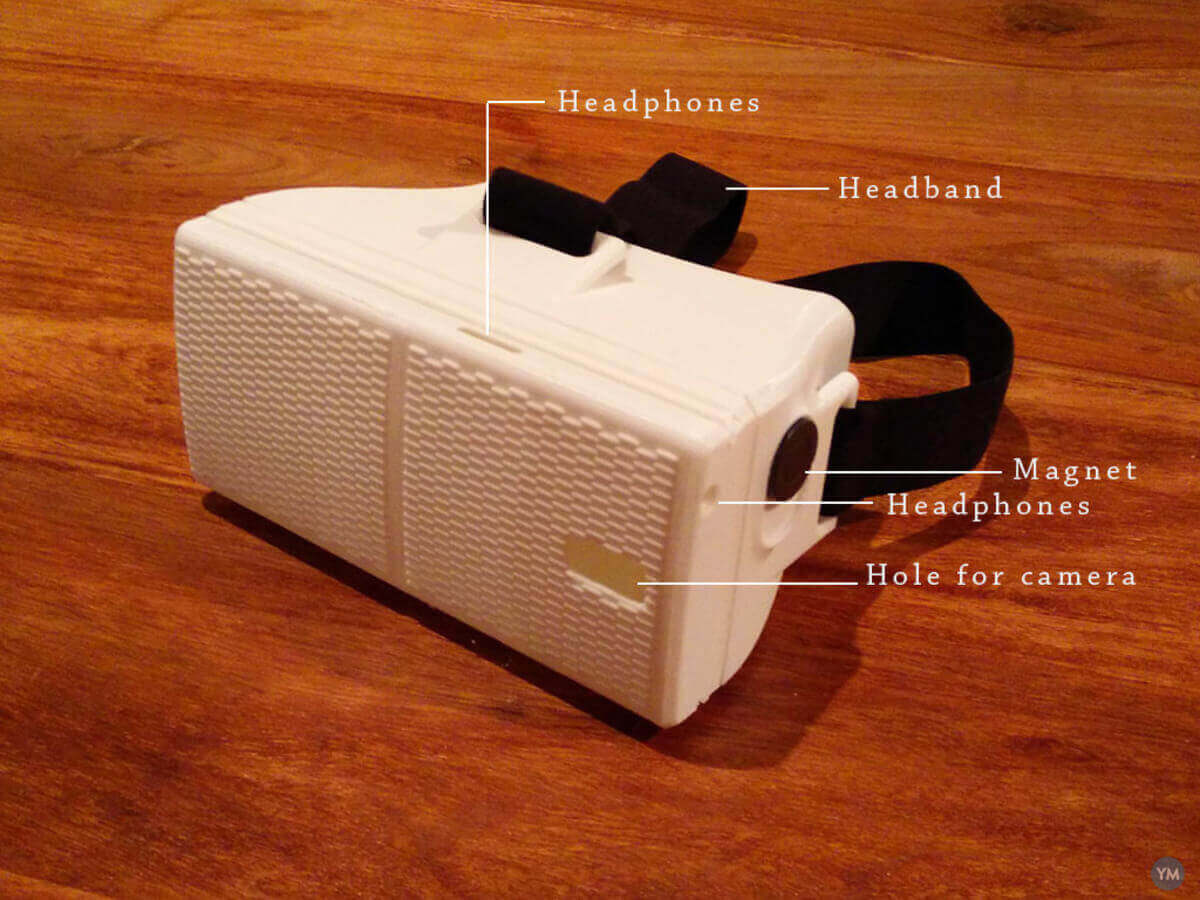Virtual reality headsets are very popular at E3 this year. Make a 3D printed case for your Android smartphone, and try out Google Cardboard.
There’s one topic dominating the E3 expo in Los Angeles this year, and that’s virtual reality headsets. Whether it’s Oculus Rift, or the Microsoft Hololens, or Project Morpheus from Sony, it’s clear that the games industry is investing heavily on VR for the foreseeable future.
But of course, we’ve been here before. The Virtual Boy debacle way back in 1995 caused a major headache for Nintendo, both literally and figuratively. After rushing the product to market without proper developing and testing, the result was a nausea inducing contraption and a major public relations stink.
Which is why the VR headset we’re most curious about is Google Cardboard. This is an ultra low-cost experiment from Google to convert any Android smartphone into a VR tool. Users slot the phone into a cardboard case, strap it to their heads and peer through the lens, and then activate custom apps. Accessibility is the big draw here.
But like the name implies, Google Cardboard is primarily offered in cardboard. Whilst this material is certainly cheap, it’s not really durable enough for heavy use.
Luckily the blueprints are freely available, and partners have signed up to offer virtual reality headsets in different materials like plastic, wood and aluminium. And of course, if you have access to a 3D printer, you can just go ahead and build a case yourself.
Virtual Reality Headsets in Every Shape and Size

To use a 3D printer to create your own version of Google Cardboard, here’s a quick guide. First, choose a template from a 3D model repository like Thingiverse or YouMagine.
The virtual reality headset pictured above was designed by maker Abars for a Nexus 5, but it can easily be modified to accommodate other handsets like the Samsung Galaxy. Commenters have verified that any modern 5″ Android phone should fit easily.
Too boring for you? Alternative models with more elaborate designs can be found here and here. We especially like this headset designed by cad.codes for the OnePlus One on YouMagine.
Once you’ve settled upon your design, the next step is to source the lenses and magnets. Several vendors are offering parts-only kits. I Am Cardboard has a great value set for only $9.99, including 1 Pair of 25mm Biconvex Lenses (45mm Focal Length), neodymium magnet, a ceramic magnet, an NFC tag, velcro strips and rubber bands.
And there you have it. A do-it-yourself virtual reality headset you can make at home. Guaranteed to be significantly less expensive than the models paraded at E3, but every bit as fun.
Image source: Thingiverse, YouMagine
License: The text of "3D Printed Google Cardboard: Make Your Own" by All3DP is licensed under a Creative Commons Attribution 4.0 International License.